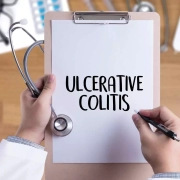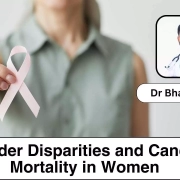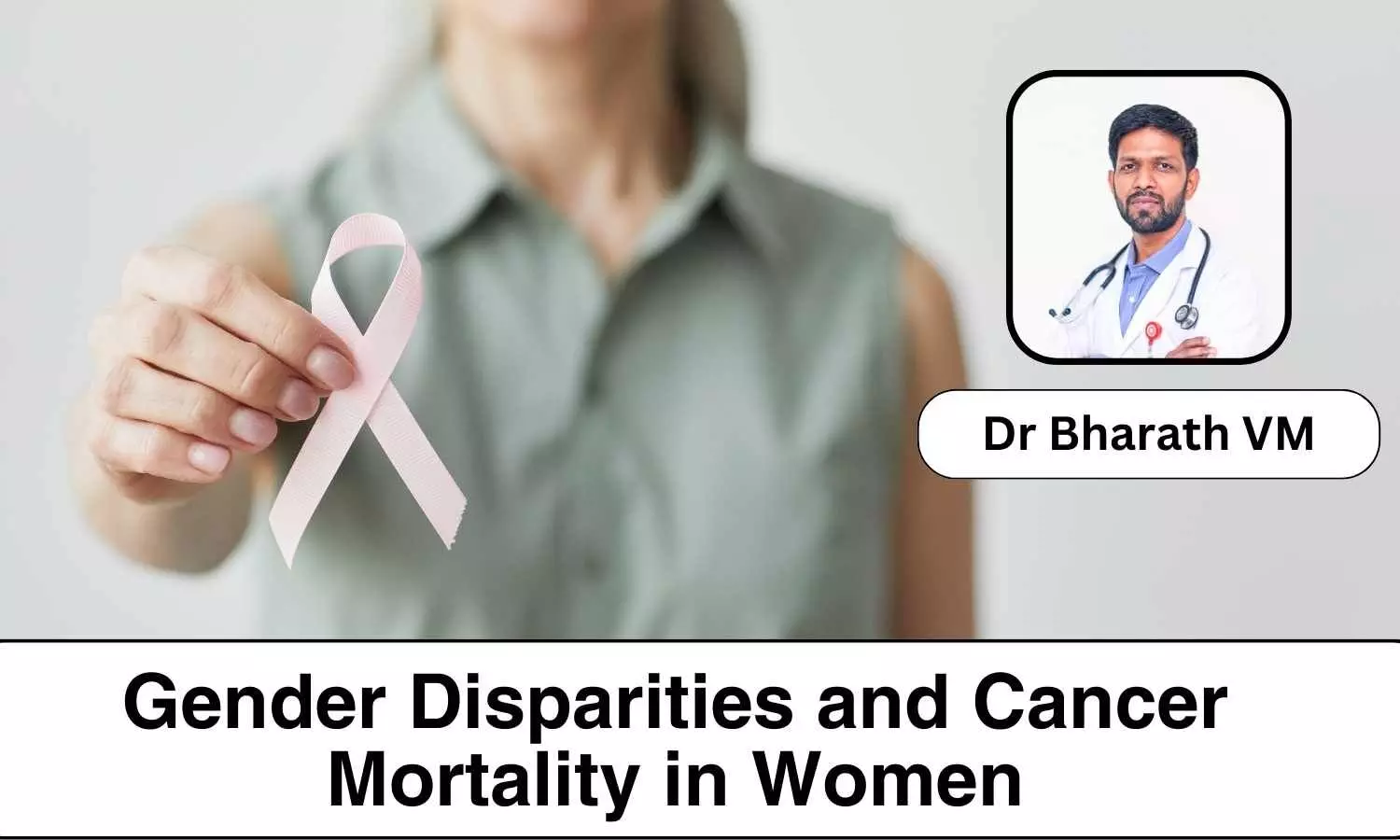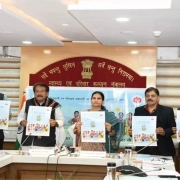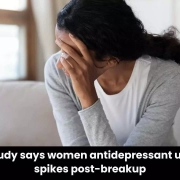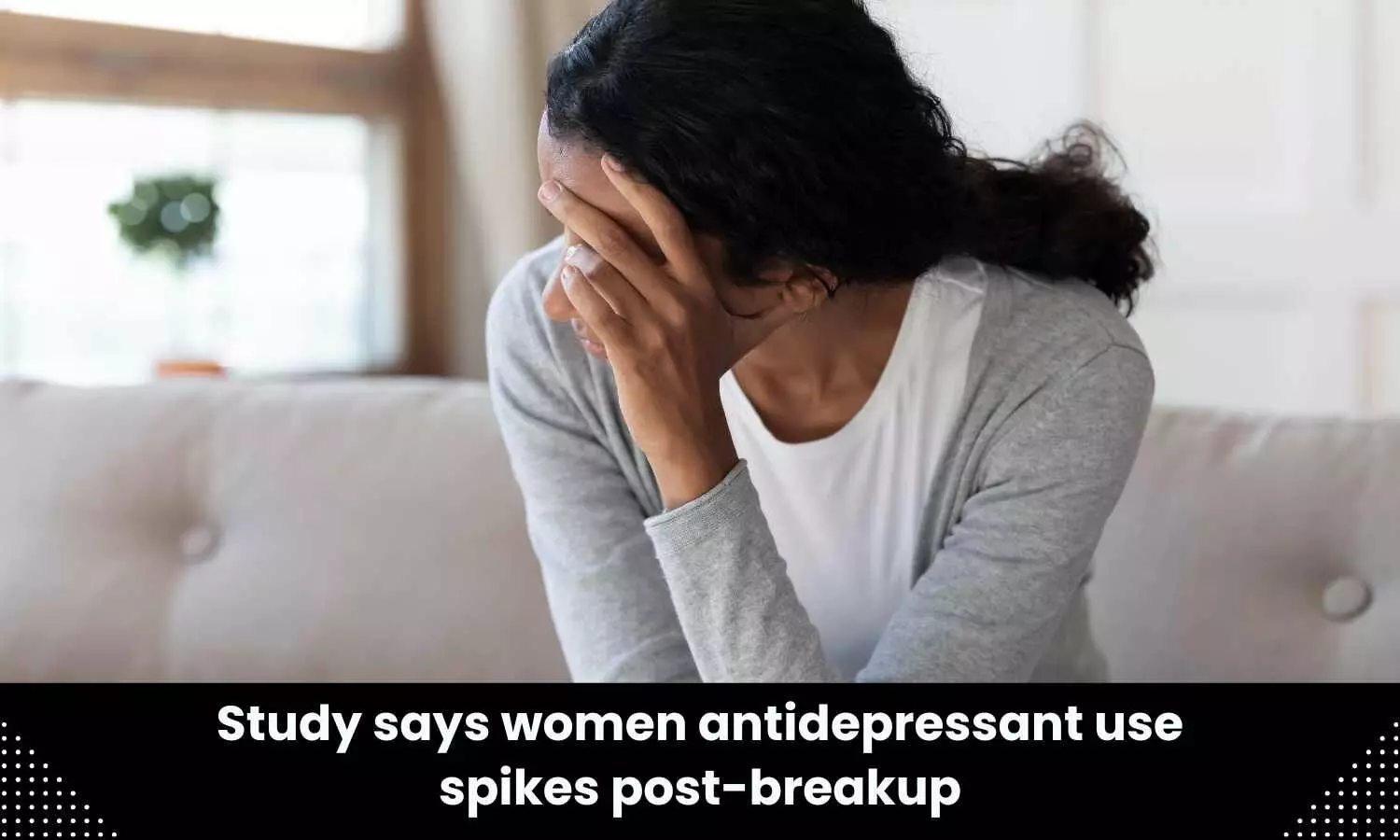Hypoalbuminemia linked to severe ED in ulcerative colitis patients: Study
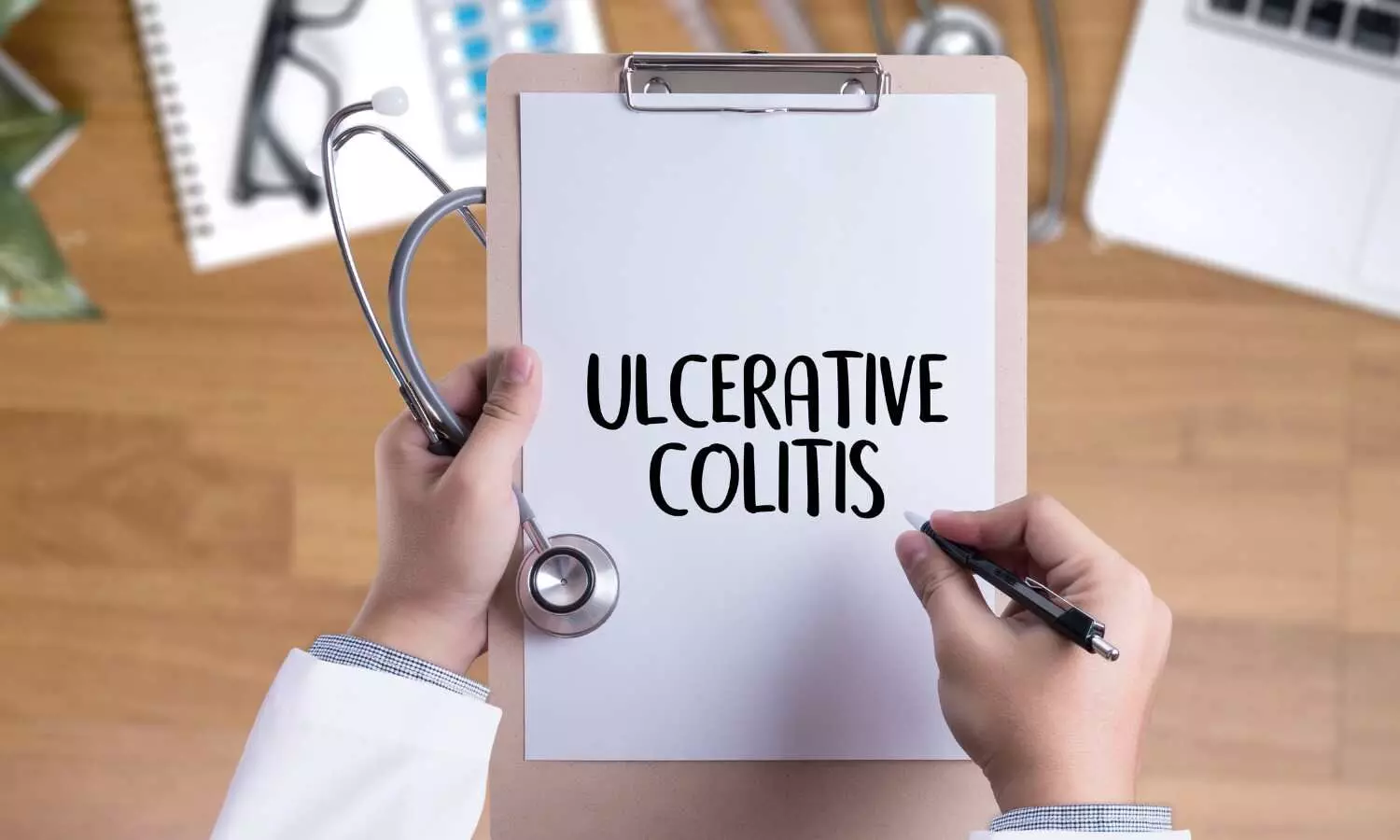
Japan: A cross-sectional study published in the International Journal of Urology has shed light on serum albumin levels as a useful complementary marker for erectile dysfunction (ED) in ulcerative colitis (UC).
The researchers revealed an independent inverse association between serum albumin and severe erectile dysfunction in Japanese patients with ulcerative colitis. The findings suggest that hypoalbuminemia might be a useful complementary marker for assessing the severity and prevalence of erectile dysfunction in patients with ulcerative colitis.
Recently, studies have reported a close association between ulcerative colitis and erectile dysfunction. An inverse relationship is found between serum albumin and ED in patients with chronic disease. However, there seemed no clarity on the association between serum albumin levels and ED in patients with UC. Therefore, Shinya Furukawa, Health Services Center, Ehime University, Matsuyama, Ehime, Japan, and colleagues aimed to investigate this issue in Japanese patients with ulcerative colitis.
For this purpose, the researchers enrolled one hundred and thirty-six Japanese male UC patients. Information on medications for UC and serum albumin levels were obtained from medical records, Sexual Health Inventory for Men (SHIM) score information from self-administered questionnaires, and information on UC severity from physician reports were obtained from self-administered questionnaires, medical records, and reports from physicians.
Based on the total protein, serum albumin, serum globulin, aspartate aminotransferase, and C-reactive protein levels, the participants were divided into tertiles. The definitions of ED and severe ED were SHIM score < 22 and SHIM score < 8, respectively. Multivariate logistic regression was used to assess the association between these serum markers and ED.
The study led to the following findings:
- The prevalence of severe erectile dysfunction in the low, moderate, and high albumin groups was 66.0%, 51.0%, and 28.3%, respectively.
- After adjusting for confounding factors, the low albumin group was independently and positively associated with severe ED (adjusted odds ratio: 2.74).
- There was no association between other markers and erectile dysfunction.
“Serum albumin was independently inversely associated with severe erectile dysfunction in Japanese patients with ulcerative colitis,” the researchers wrote. “Hypoalbuminemia might be a useful complementary marker for evaluating the prevalence and severity of ED in UC patients.”
Reference:
Yamamoto, Y., Furukawa, S., Miyake, T., Yoshida, O., Shiraishi, K., Hashimoto, Y., Tange, K., Kitahata, S., Ninomiya, T., Yagi, S., Hanayama, M., Suzuki, S., Shibata, N., Murakami, H., Ohashi, K., Tomida, H., Takeshita, E., Ikeda, Y., & Hiasa, Y. (2024). Serum albumin levels as a useful complementary marker for erectile dysfunction in ulcerative colitis: A cross-sectional study. International Journal of Urology, 31(2), 154-159. https://doi.org/10.1111/iju.15327
Powered by WPeMatico

